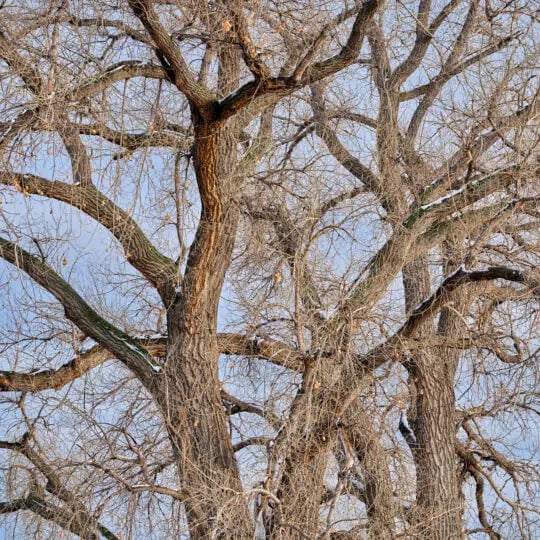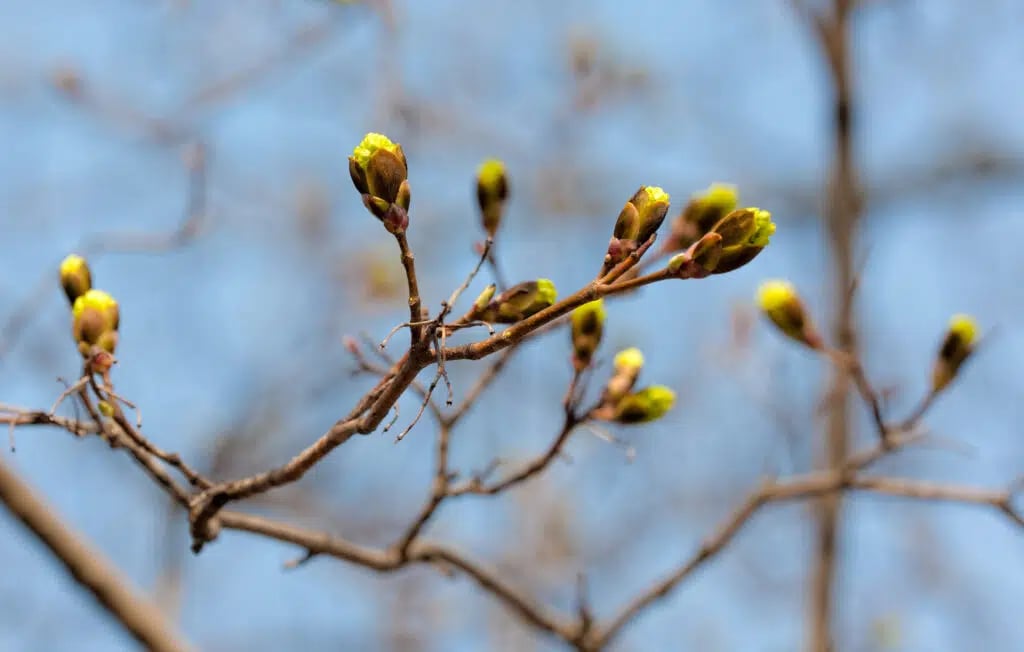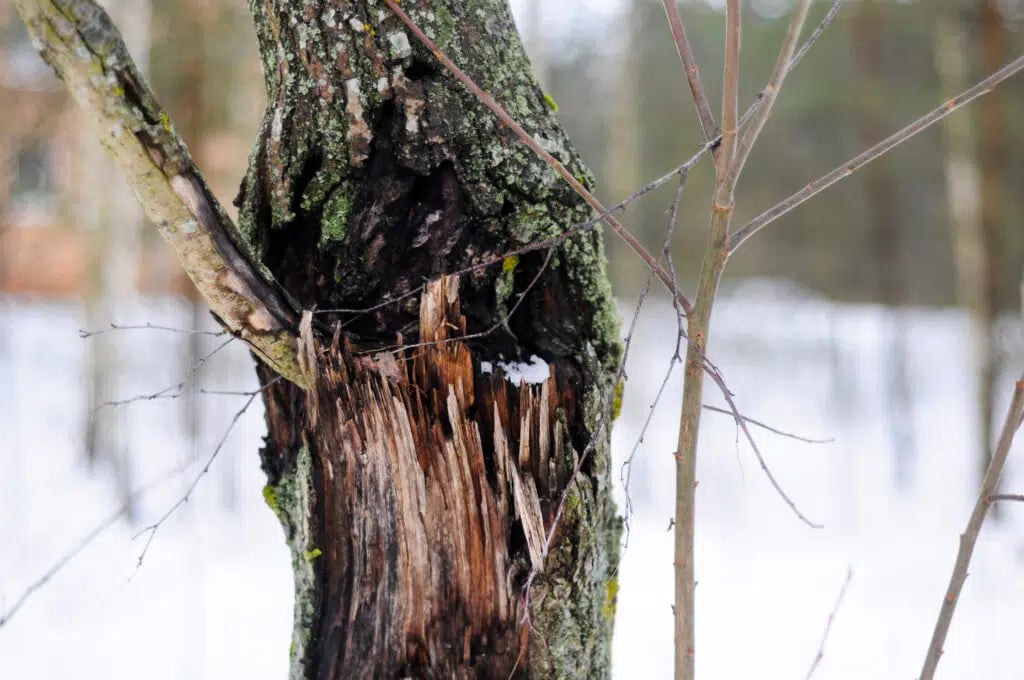Is My Tree Dead Or Dormant?

Your trees are some of the biggest investments in your yard. They are also one of the most difficult to remove or revive when disease-ridden or dead. While some trees might look dead in your yard, they might actually be dormant—a time when trees stop growing during cold weather to save energy—and will regain their lively appearance when the weather becomes mild again. Unfortunately, dead trees won’t return in the springtime. Learn the signs your tree is dead or dormant to help you decide what your next steps should be.
Is My Tree Dead Or Dormant?
Dormant Trees
- Sturdy stems. The leaves may have fallen off your tree, but the stems should still be strong and stable. Healthy stems are firm and green on the inside.
- Leaves fall when they’re supposed to. If your leaves change colors and fall of during the right time of year, your tree is going dormant. However, if the leaves turn brown but don’t fall, your tree is possibly sick or dying.
- You find small leaf buds. Even during the winter, you can find live, pliable buds that are preparing to bloom in the springtime. Take some time to search for these signs of life to determine if your tree has gone dormant.
Dead Trees
- Unhealthy stems. Dormant trees continue to have strong stems even when the leaves are gone. Oppositely, dead trees have limbs that are brittle and cracked. If the stem is mushy, it is most likely dead.
- Unhealthy bark. Dry, brittle, and brown bark points to an unhealthy tree that is possibly already dead.
- Rotting or decay. Look around the tree for open wounds or soft spots. Mushy, rotted areas are signs of a dead tree.
- Losing leaves or needles at the wrong time. If it’s the wrong season for your tree to lose its leaves or if your evergreen’s needles start dropping, your tree might be dying.
Before you call your tree a lost cause, check for other signs of life. You might discover some branches are still alive, which points to roots that haven’t died yet. It’s best to call in an arborist to see if your tree is still viable. Sick trees are more susceptible to pests and disease, so it’s important you get it taken care of at the first sign of issues.
Choose Green Lawn Fertilizing to Care for Your Trees and Shrubs
Protect your valuable evergreen broadleaf plants like Azaleas, Rhododendrons, Pieris, Japanese Hollies, and Boxwoods from disease, pests, and weather with our Tree and Shrub Program. The anti-desiccant helps minimize damage to the leaves, keeping your plants healthy and beautiful. As part of this program, we will visit seven times throughout the year to inspect, treat, and fertilize, helping keep your evergreen and dormant trees in top shape. Call us today at 855-469-0692 to learn more.